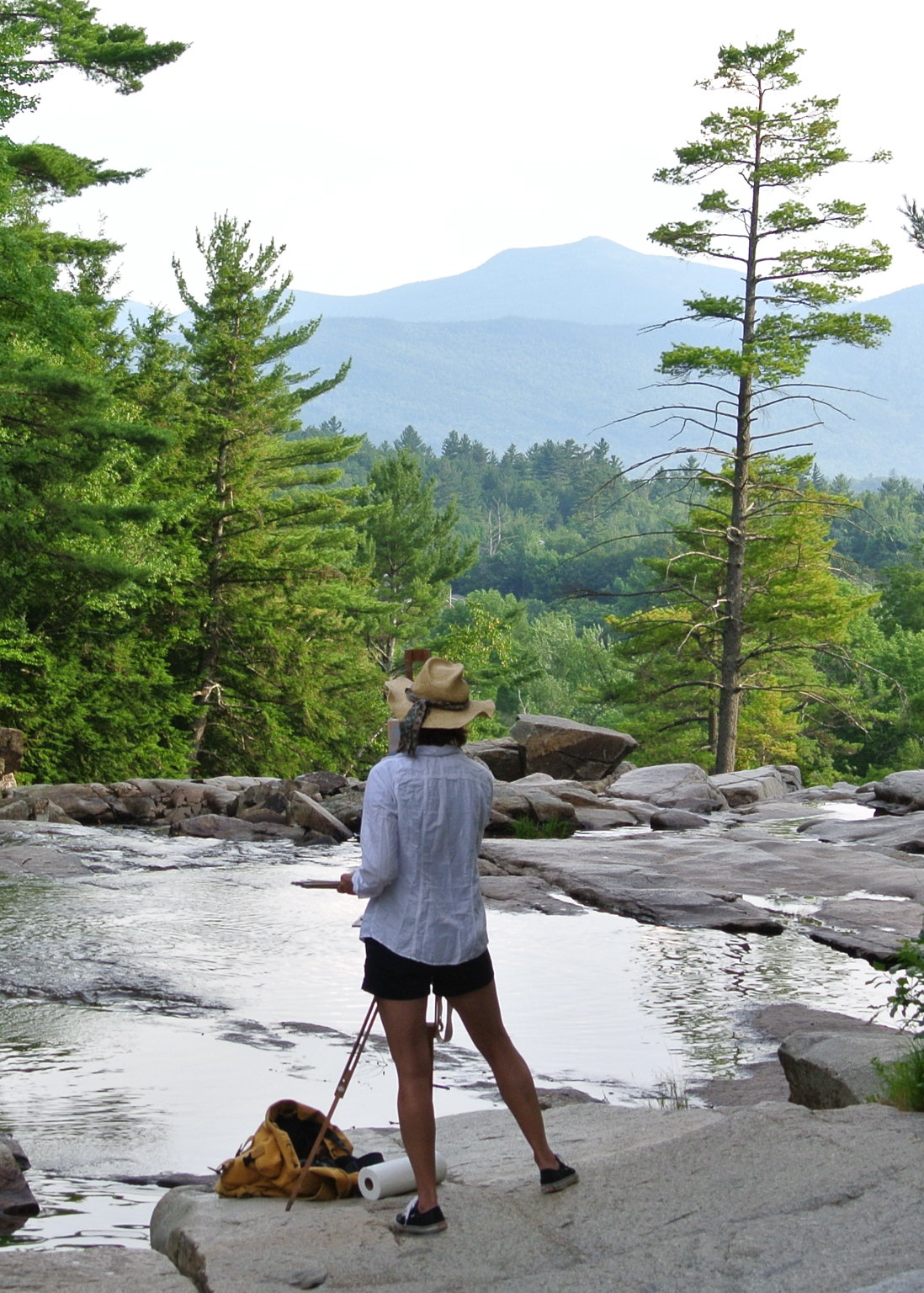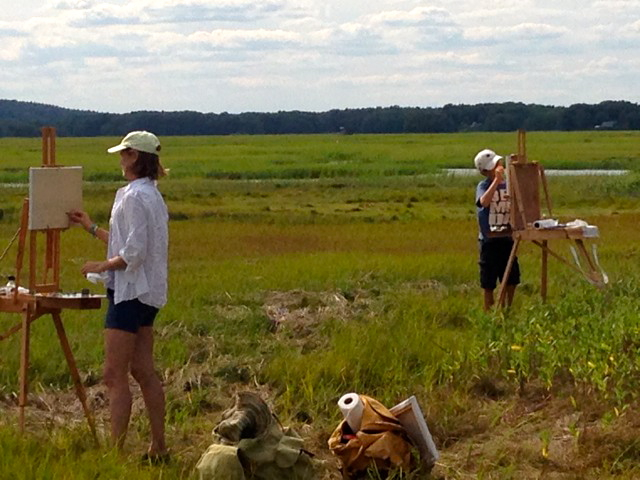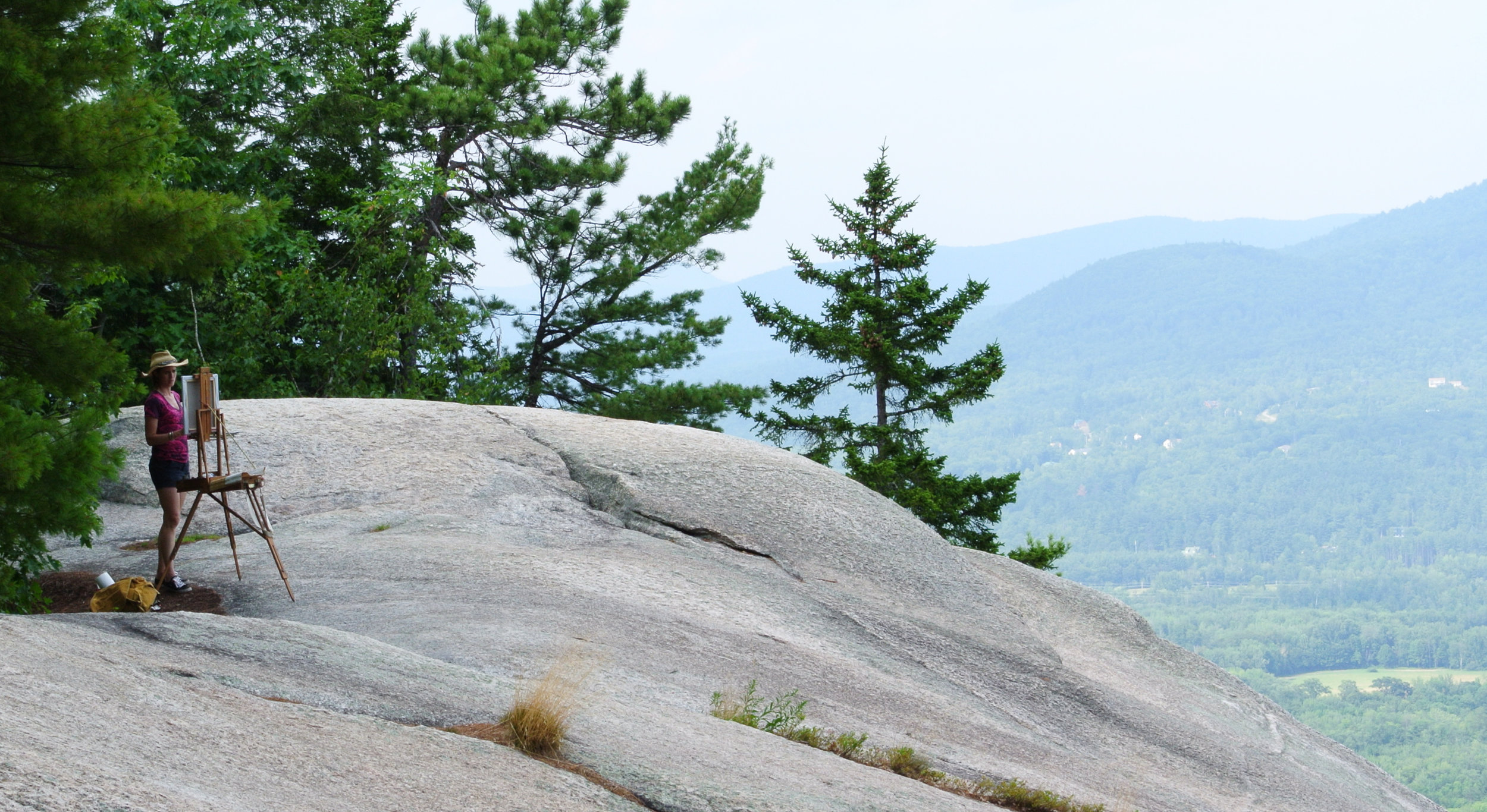Sitting Procedure
A well-painted portrait encompasses many elements: a link for future generations back to their roots; an insight into a period of history; and at its core, a timeless recording of an individual's unique beauty and soul. History chronicles numerous approaches to portraiture. While working from life is not always an option, when feasible, it offers a wonderfully rich result.
Many ask the painter, "Why not just take a picture?" One of the main differences between photography and painting is that a painting is the culmination of numerous observations based on thinking and seeing relationally. The artist assesses and interprets information that has a determined hierarchy. Unlike the camera, an artist does not simply transfer what the eye sees.
While sometimes working from a photograph is the only option available, what working from life affords the artist is a chance to respond directly to the beauty of the model and the environment. By observing the sitter, the artist has time to interpret a range of gestures and characteristics that uniquely reflect their traits and mannerisms. It also provides the opportunity to depict information that is truly typical of the sitter as opposed to accidental.
The Process
When possible, portraits are painted from life and from good natural light. While sitting time varies, for a head and shoulders painting the client could expect to sit for about seven sessions.
For children's portrait's, sitting is not always a likely option. A combination of painting and photographs taken by the artist is employed to attain the finished product.
Given the value of the working connection between the live sitter and the artist, the process of making a portrait requires teamwork, patience, and commitment on the part of the sitter. The subject poses for three-hour sessions with breaks scheduled. Consecutive days of posing can expedite the process. The sitter is welcome to bring in audio material such as books on tape or music. The sitter's commitment to these guidelines greatly influences the finished product.
The work in stages:
(1) Initial Meeting: A discussion of the tastes, style, size and particulars of the commission, followed by the selection of clothing and accessories, followed by agreement on location and background.
(2) The Setup: The artist observes the subject and the environment to create an ensemble that highlights the sitter's features while offering an interesting design. Following a series of color tests, a sustainable pose is chosen.
(3) The Color Sketch: A sketch establishes the paintings color scheme, general design, and dimensions.
(4) The Painting: Upon agreement of the broad framework, the painting will then be developed, working towards its refinement. There are stages of visible progress and also stages that appear insignificant. However, a good setup is essential to a sound completion. As the painting progresses there is a process of tightening up the image so that it becomes more and more "like" the sitter. The painting moves from reflecting a resemblance to really capturing the subject's particulars. Patience in this final stage yields a greater depth of accuracy.
Time-lapse Sample
Portrait painting in oils, time-lapse video
Commissions
When possible, portraits are painted from life and from good natural light. While sitting time varies, a head and shoulders painting, would require about six sessions.
For child and pet portraits, sitting is not always possible. A combination of painting and photographs taken by the artist are employed to attain the finished product.
Posthumous portraits may also be commissioned.
For information regarding portrait, landscape, still life, or pet commissions, please contact Laura:
Laura Clark Heard
P.O. Box 545
Millbrook, NY 12545
978.886.1711




